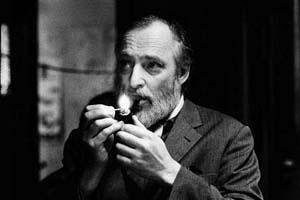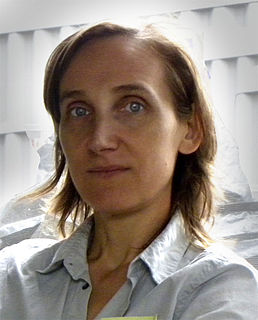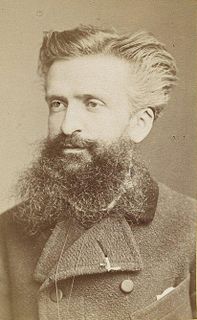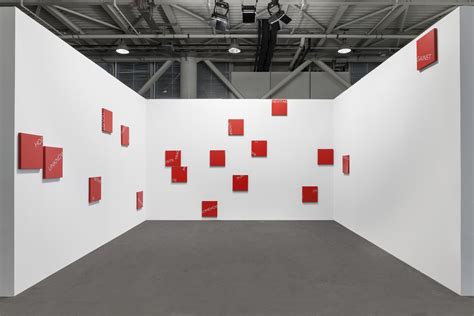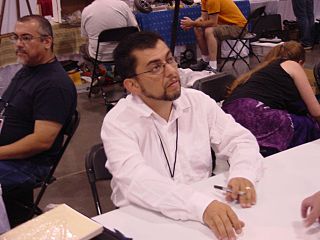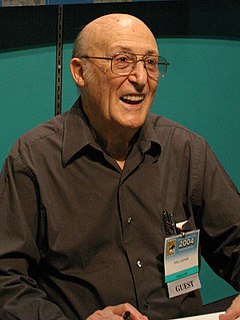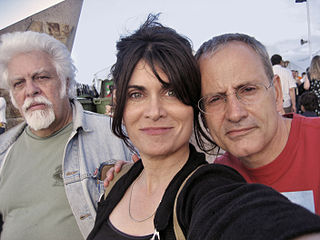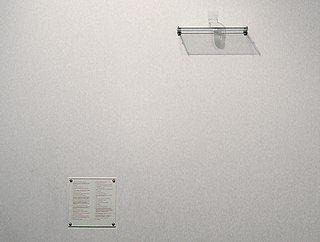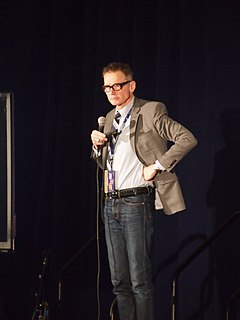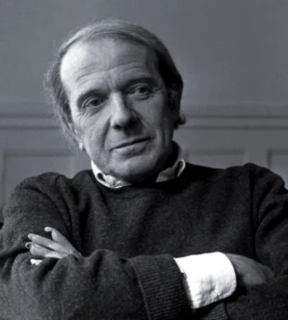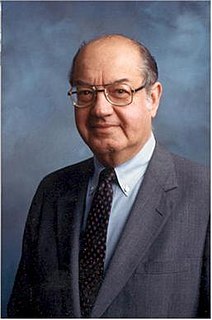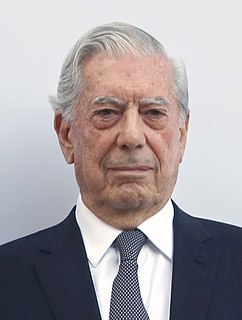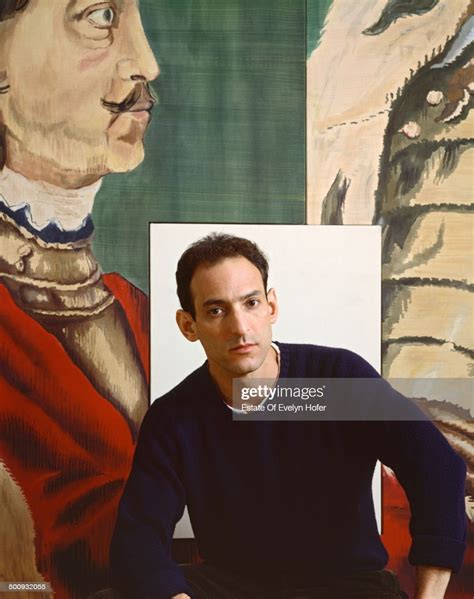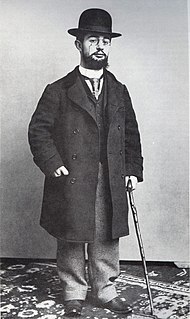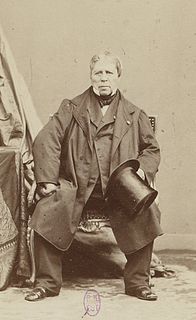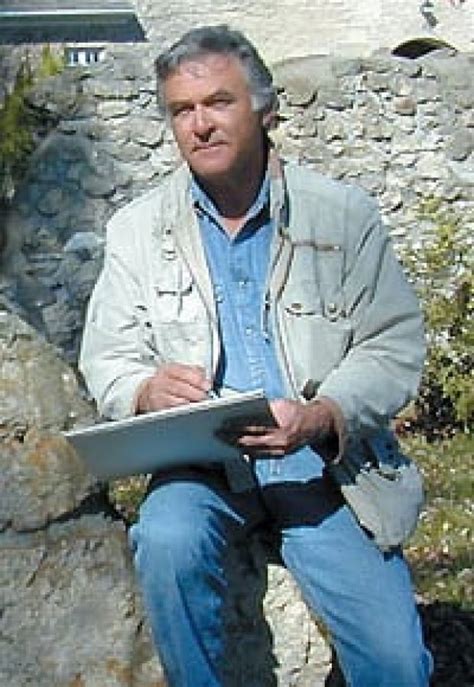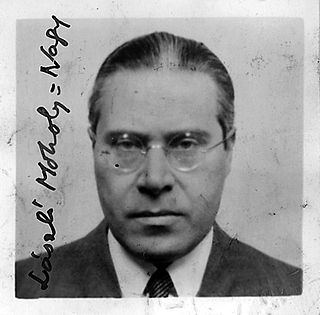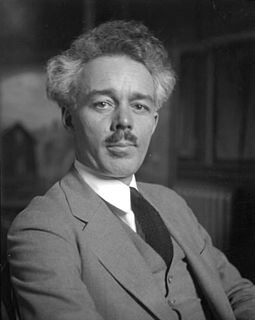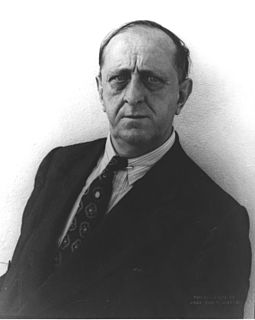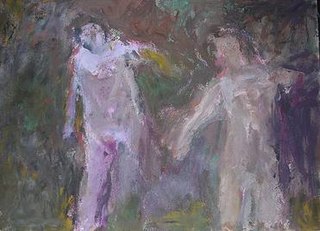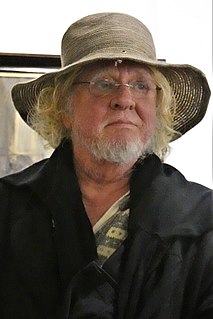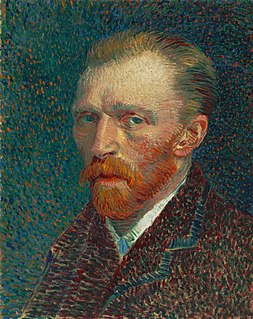A Quote by Asger Jorn
The reverse process is extremely important to me - that artistic images can inspire to words and different myths, and that in certain cultures this process has been the normal relation between images and words.
Related Quotes
Ancient portraits are symbolic images without any immediate relation to the individuals represented; they are not portraits as we understand them. It is remarkable that philologists who are capable of carrying accuracy to the extremes in the case of words are as credulous as babies when it comes to "images," and yet an image is so full of information that ten thousands words would not add up to it.
Words outlive people, institutions, civilizations. Words spur images, associations, memories, inspirations and synapse pulsations. Words send off physical resonations of thought into the nethersphere. Words hurt, soothe, inspire, demean, demand, incite, pacify, teach, romance, pervert, unite, divide. Words be powerful.
A crowd thinks in images, and the image itself calls up a series of other images, having no logical connection with the first...A crowd scarcely distinguishes between the subjective and the objective. It accepts as real the images invoked in its mind, though they most often have only a very distant relation with the observed facts....Crowds being only capable of thinking in images are only to be impressed by images.
I am myself a professional creator of images, a film-maker. And then there are the images made by the artists I collect, and I have noticed that the images I create are not so very different from theirs. Such images seem to suggest how I feel about being here, on this planet. And maybe that is why it is so exciting to live with images created by other people, images that either conflict with one's own or demonstrate similarities to them.
Comics deal with two fundamental communicating devices: words and images. Admittedly this is an arbitrary separation. But, since in the modern world of communication they are treated as independent disciplines, it seems valid. Actually, the are derivatives of a single origin and in the skillful employment of words and images lies the expressive potential of the medium.
Comics are a "young" art form, and there is much confusion as to how to treat them. Images have more immediate impact than words, and it is not every reader who can be convinced to relax into experiencing the work for what it is - not words and pictures, but a different form, where the narrative is propelled by the blending of image, word and sequence, and where no element can be extricated and have the same meaning by itself. When this art is shown in a gallery, its "thingness" is called to attention, it is no longer experienced as "story," but rather as an artifact of the artist's process.
The greatest damage done by advertising is precisely that it incessantly demonstrates the prostitution of men and women who lend their intellects, their voices, their artistic skills to purposes in which they themselves do not believe, and that it teaches [in the words of Leo Marx] 'the essential meaninglessness of all creations of the mind: words, images, and ideas.'
